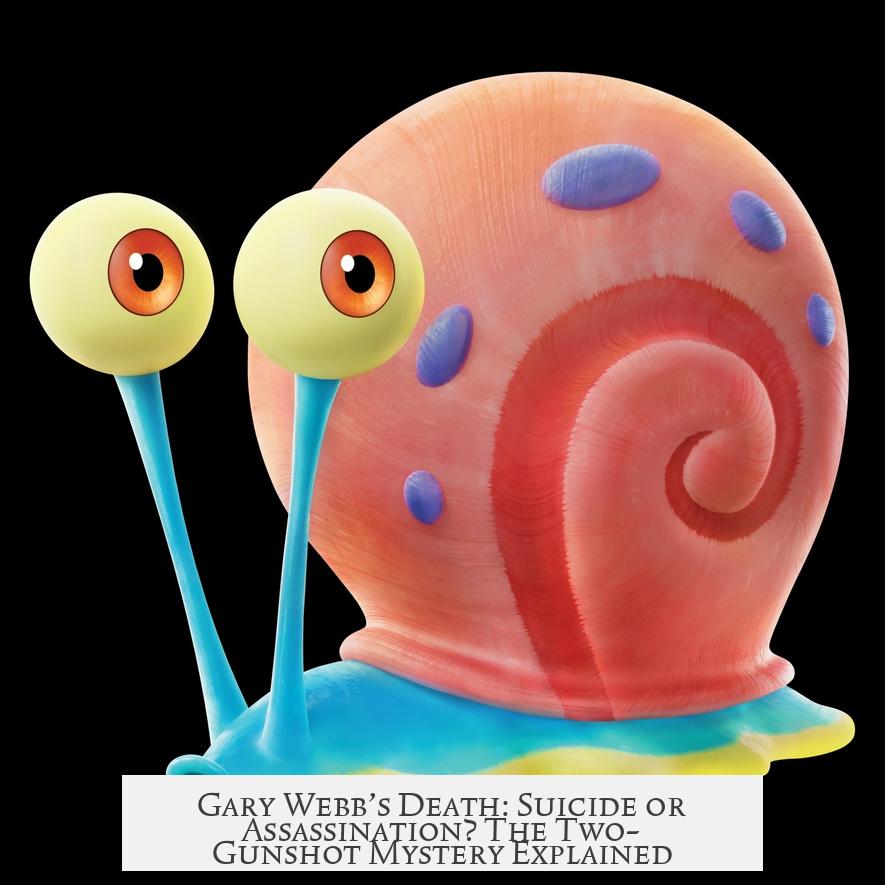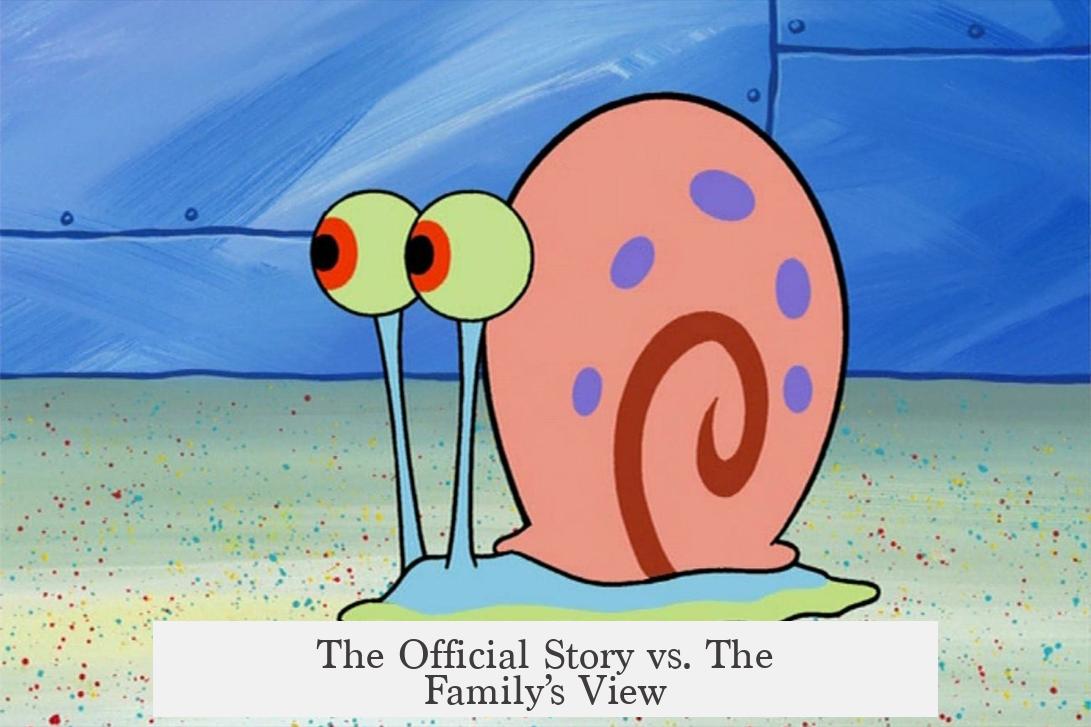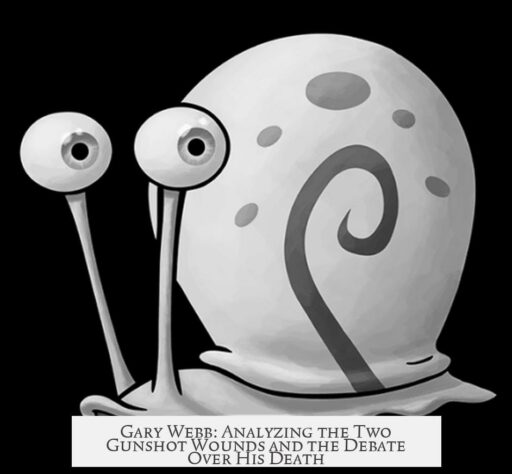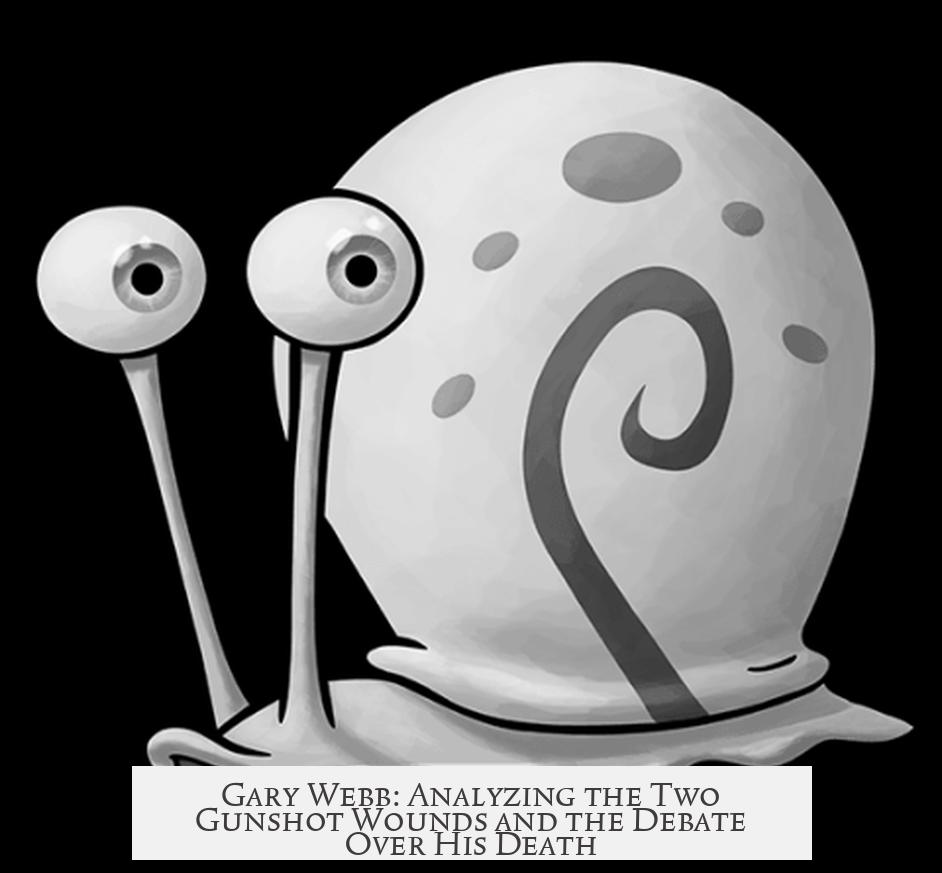Gary Webb died from two gunshot wounds to the head, and his death was officially ruled a suicide. The common sense notion that this was clearly an assassination lacks strong factual support. Multiple gunshot suicides, although rare, are medically recognized phenomena, with documented cases confirming the possibility of self-inflicted multiple gunshots to the head.
Webb’s wife publicly states she believes his death was suicide. This family perspective aligns with the official medical ruling, which found no evidence proving homicide. The cause of death involving two gunshots to the head is unusual, yet forensic science validates such scenarios. For instance, studies from the Cook County Medical Examiner’s office report cases where individuals self-inflicted multiple gunshot wounds to the head, even up to eight wounds documented in a single case.
Medical experts note that the first bullet may miss critical brain areas, allowing the individual to fire more than one shot. This phenomenon occurs, particularly when shots affect the temporal region, which is common in these suicides. Such injuries do not immediately incapacitate the victim, permitting a subsequent shot to be fired. These details counter widespread public assumptions shaped by movies and media, where gunshot victims dramatically react to being shot. Real-life ballistic trauma follows different patterns.
Public confusion intensifies due to media portrayals like the film Kill the Messenger, which dramatizes Webb’s investigations but does not provide an accurate forensic analysis of his death. The assumption that two gunshot wounds to the head rule out suicide is a misconception unsupported by forensic data. No concrete evidence questions the integrity of Webb’s autopsy report or conclusively indicates assassination.
In essence:
- Gary Webb died from two gunshot wounds to the head, officially ruled suicide.
- His wife supports the suicide classification.
- Multiple self-inflicted gunshot suicides, including to the head, are rare but documented cases.
- Common public beliefs about gunshot wound effects often misinterpret forensic reality.
- No verified evidence supports the assassination theory over the suicide ruling.
Gary Webb’s Death: Suicide or Assassination? The Two-Gunshot Mystery Explained

Gary Webb famously died of two gunshot wounds to the head, and his death was officially ruled a suicide. But wait—two shots to the head? How does that add up? For many, this raises eyebrows, fueling a strong notion that his death might have been an assassination disguised as suicide. So, is that common sense hunch true? Let’s unpack this mystery carefully.
If you’ve heard the story through whispers, conspiracy theories, or even the Hollywood retelling in Kill the Messenger, you might expect a dramatic assassination plot. But is the reality that simple?
The Official Story vs. The Family’s View

Gary Webb died from two gunshot wounds to the head. Oddly enough, this unusual detail didn’t sway the official ruling: his death was declared a suicide. His wife publicly supports this conclusion, stating she does not doubt that he took his own life. When the immediate family stands by the official cause, it adds a layer of credibility.
This is not to say the notion of foul play isn’t understandable. After all, Webb was a bold investigative journalist who stirred uncomfortable waters by exposing the dark intersections between drug trafficking and government agencies. Naturally, people question if his death was truly by his own hands.
Can Someone Shoot Themselves Twice in the Head? Unpacking Medical Evidence
The idea of multiple gunshot suicides feels like an oxymoron. How could someone pull off firing two bullets into their own head? Brace yourself—medical science confirms it is indeed possible, even if rare.
| Study | Findings |
|---|---|
| Study of 138 Gunshot Suicides | 11 (8%) involved two or more gunshots. Five had two gunshots to the head where the first missed the brain. |
| Cook County Medical Examiner Cases | Cases with multiple self-inflicted gunshots to the head, including one with eight wounds. Mostly temporal region wounds. |
These studies reveal something surprising: the initial gunshot can fail to incapacitate immediately if it misses the brain or vital areas, allowing the person to fire again. The temporal parts of the head are common shooting sites in these rare suicides.
Also, pop culture movies usually show gunshot victims dramatically leaping backward. Reality is less theatrical. Gunshot wounds often incapacitate slowly or incompletely depending on bullet path and brain impact.
What About The ‘Convenient Lie’ Theory?
Some suspect the medical report on Webb’s death was falsified to cover up murder. Upon closer examination, no expert consensus supports this claim. To quote a cautious perspective:
“As to the matter of whether the medical report is a convenient lie, I’m not sure anyone here is qualified to speak on that.”
It’s a reminder to avoid jumping to conclusions without solid forensic backing.
Media’s Role: When Fiction Clouds Facts
Films like Kill the Messenger bring Webb’s story to wider audiences but tend to dramatize events for emotional effect. This sometimes muddies public understanding.
Misinterpretation of ballistic trauma and crime scene analysis is common in media portrayals. Hollywood’s need for suspense can create misconceptions—like the notion that multiple gunshots mean murder.
In truth, forensic pathology is complex and often counterintuitive.
Is There a Smoking Gun Pointing to Assassination?
Despite the lingering questions, no conclusive forensic or investigative evidence backs assassination rumors conclusively. The official report and medical studies demonstrate the possibility of suicide by multiple gunshots to the head, while Webb’s wife echoes that belief.
Does that mean it was definitely suicide? We can’t say with absolute certainty, but any claim of assassination needs more than speculation—it demands hard proof.
Why Does This Matter?
A brave journalist’s death deserves truth above conspiracy. Understanding the reality behind Webb’s death helps separate fact from fiction. It pushes us to respect forensic science even when it defies “common sense.”
So next time you hear someone say, “Two shots? That has to be assassination!” consider the medical facts. Could it get weirder than your favorite TV drama? Apparently yes.
Final Takeaways for the Curious Mind
- Two gunshot suicides, while unusual, do happen and are documented medically.
- Gary Webb’s death was officially ruled as suicide, supported by family statements.
- Pop culture can mislead us about the effects and likelihood of multiple self-inflicted wounds.
- Accusations of cover-ups or assassination lack verified forensic support.
- Staying curious means questioning everything, but also trusting qualified experts.
So, is the common sense notion of assassination true? Based on the evidence, no—it’s more nuanced. Investigating Webb’s legacy means honoring his work without falling into the trap of assumptions. His tragic end invites us to respect science, question boldly, but also accept that truth often lies in complexity.




